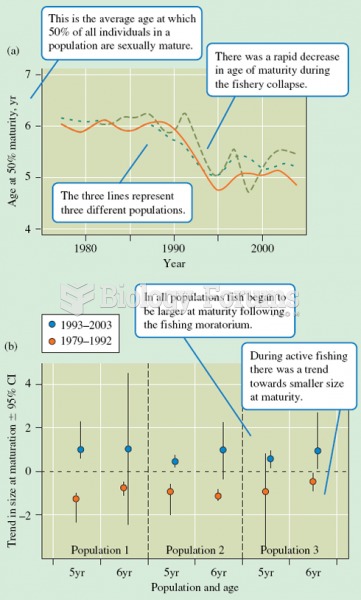|
|
|
Vaccines cause herd immunity. If the majority of people in a community have been vaccinated against a disease, an unvaccinated person is less likely to get the disease since others are less likely to become sick from it and spread the disease.
The people with the highest levels of LDL are Mexican American males and non-Hispanic black females.
The first documented use of surgical anesthesia in the United States was in Connecticut in 1844.
Of the estimated 2 million heroin users in the United States, 600,000–800,000 are considered hardcore addicts. Heroin addiction is considered to be one of the hardest addictions to recover from.
According to the FDA, adverse drug events harmed or killed approximately 1,200,000 people in the United States in the year 2015.







